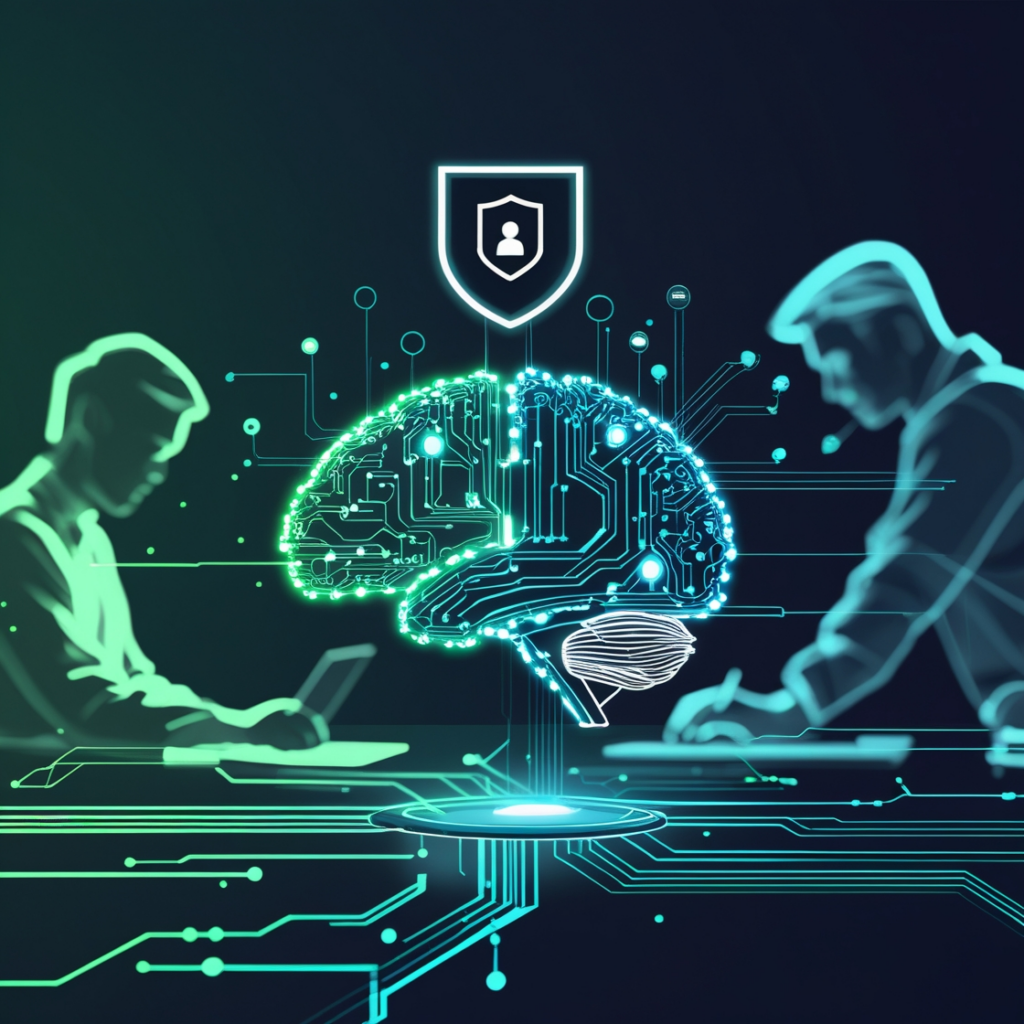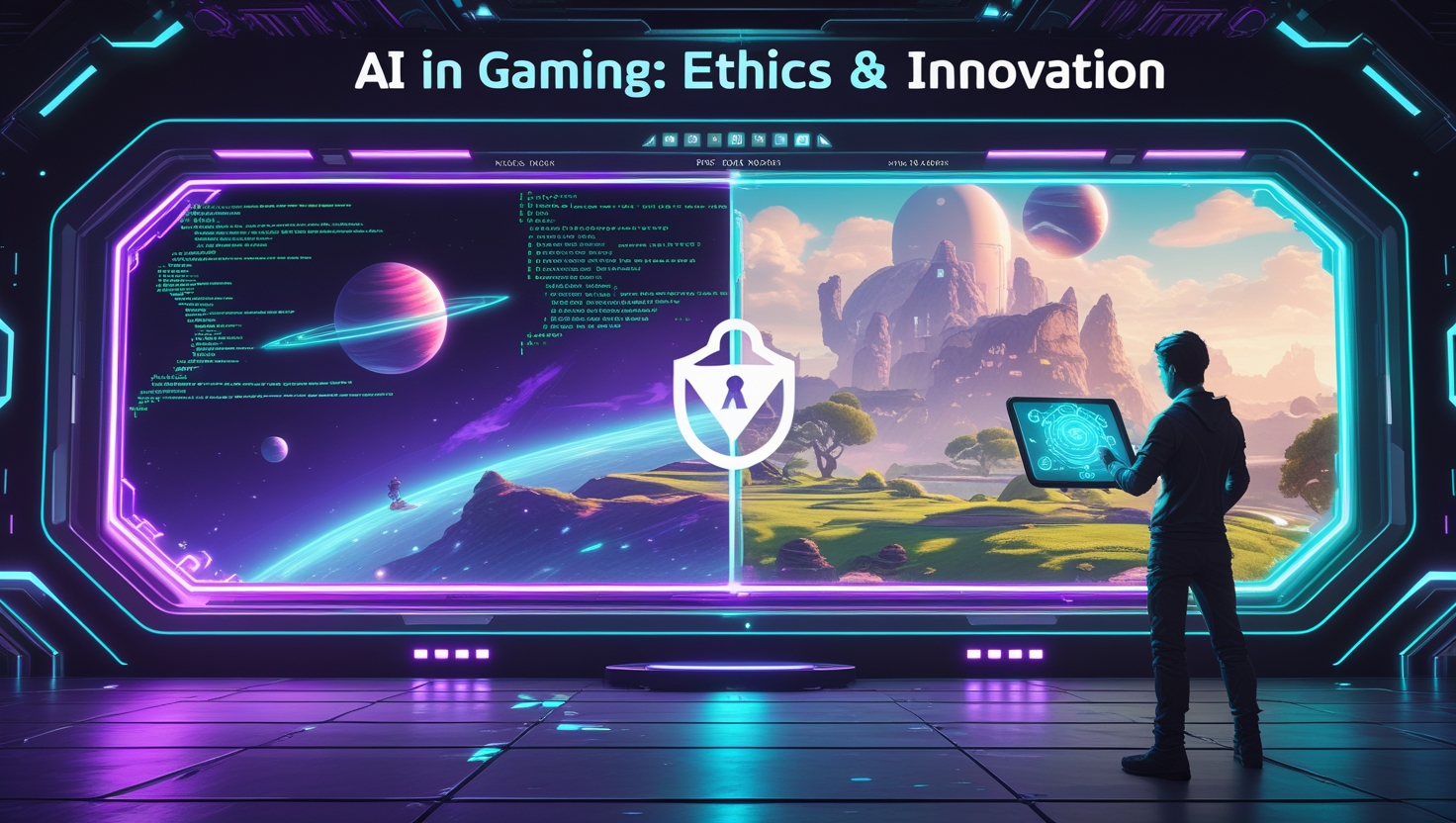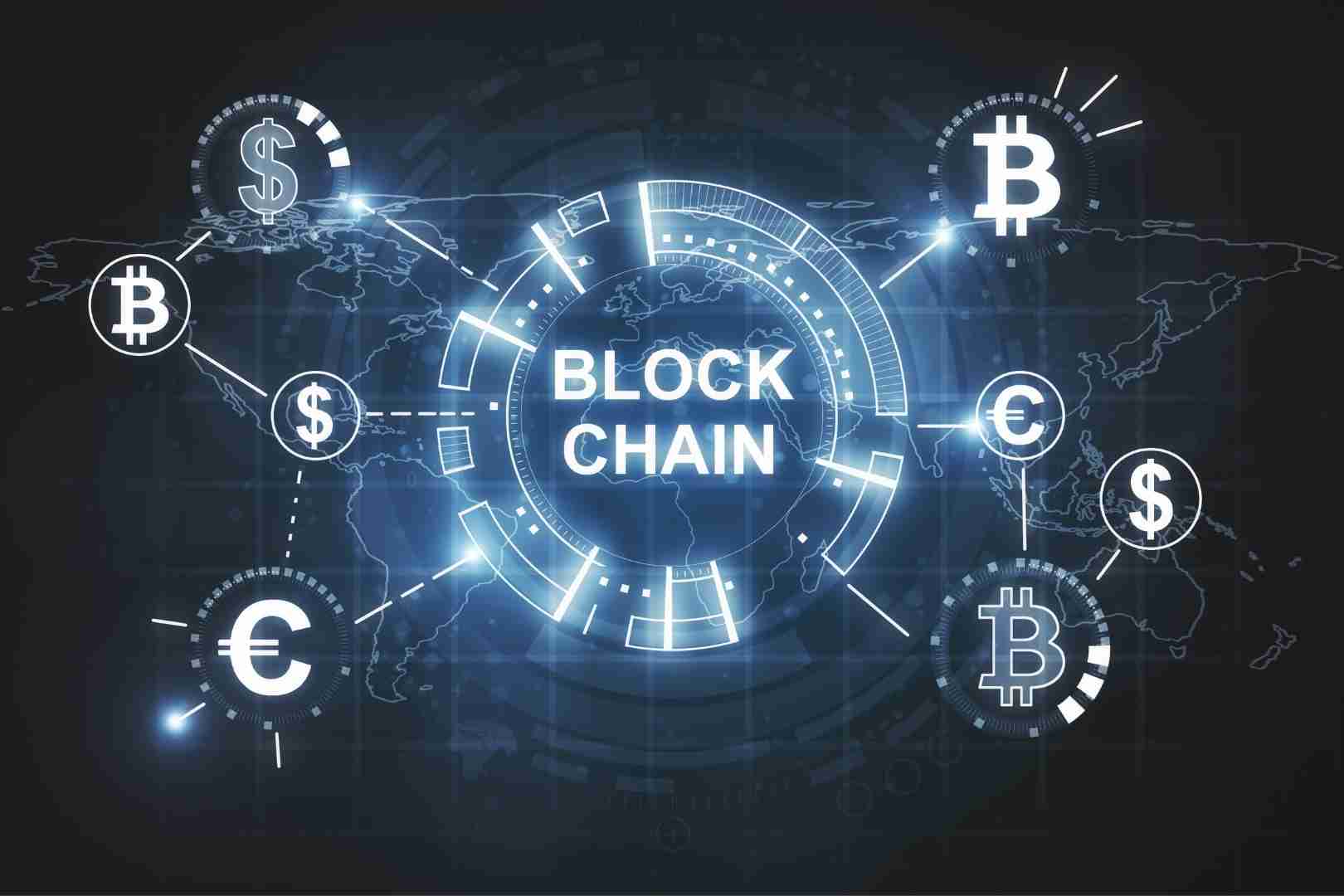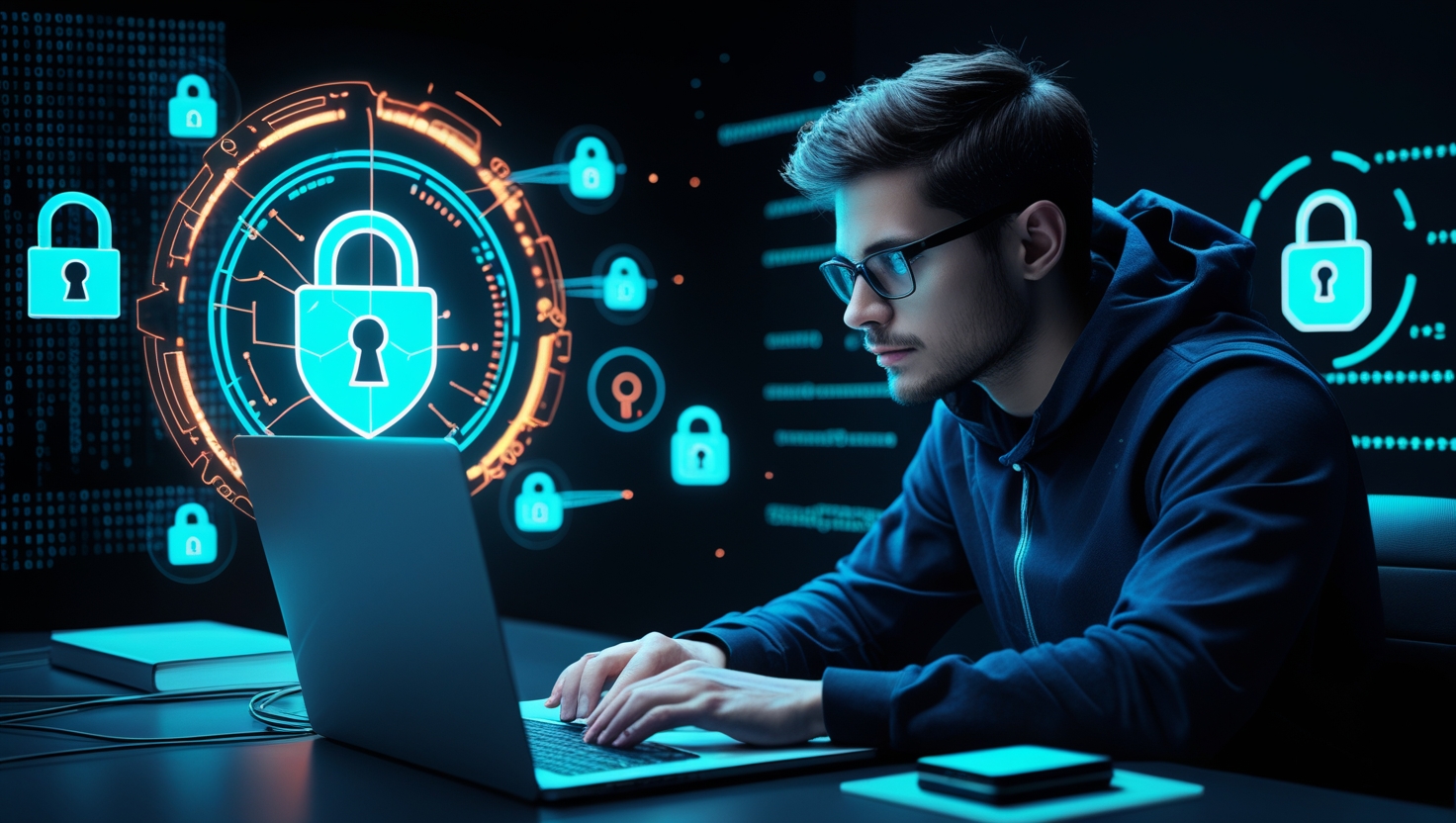
Introduction
In 2025, cybersecurity is no longer an afterthought for developers but a core component of software development. With the rise of AI-driven attacks, quantum computing advancements, and stricter regulations, developers must integrate security into every phase of their work. This article explores the evolving cybersecurity landscape, secure coding practices, DevSecOps integration, emerging technologies, compliance requirements, and strategies for future-proofing your skills as a developer.
The stakes are higher than ever. A single vulnerability can lead to massive data breaches, financial losses, and reputational damage. Developers, as the architects of digital systems, are on the front lines of this battle. This guide equips you with the knowledge and tools to build secure, resilient software in 2025 and beyond.
The Evolving Threat Landscape
The cybersecurity landscape in 2025 is shaped by sophisticated threats that exploit modern technologies. Here are the most pressing challenges developers face:
AI-Driven Attacks
Artificial intelligence powers both defensive and offensive cybersecurity strategies. Malicious actors use AI to automate phishing campaigns, craft convincing deepfakes, and identify vulnerabilities faster than traditional methods. For developers, this means anticipating AI-driven exploits and implementing countermeasures like anomaly detection and robust input validation. For example, machine learning models can be trained to detect unusual user behavior, but developers must ensure these models are secure against adversarial attacks that manipulate inputs to bypass detection.
Supply Chain Vulnerabilities
High-profile supply chain attacks, such as those targeting software dependencies, have surged. In 2025, open-source libraries and third-party APIs remain prime targets. Developers must vet dependencies, monitor for vulnerabilities using tools like Dependabot, and adopt software bill of materials (SBOM) practices to track components. A 2024 report highlighted that 80% of software contains at least one vulnerable dependency, underscoring the need for rigorous dependency management. Tools like Snyk can help identify and remediate risks in real time.
Quantum Computing Risks
Quantum computing, while still emerging, poses a long-term threat to current encryption standards. By 2030, quantum computers could break widely used algorithms like RSA and ECC. Developers should begin exploring quantum-resistant cryptography, such as lattice-based algorithms, to future-proof their applications. The National Institute of Standards and Technology (NIST) is standardizing post-quantum cryptographic algorithms, and developers should stay informed about these developments to prepare for the quantum era.
Ransomware and Zero-Day Exploits
Ransomware continues to evolve, targeting cloud infrastructure and IoT devices. Zero-day exploits, which exploit unpatched vulnerabilities, are increasingly common. Developers must prioritize timely patching, secure configuration, and proactive monitoring to mitigate these risks. For instance, adopting automated patch management systems and vulnerability scanners can reduce the window of exposure to zero-day threats.
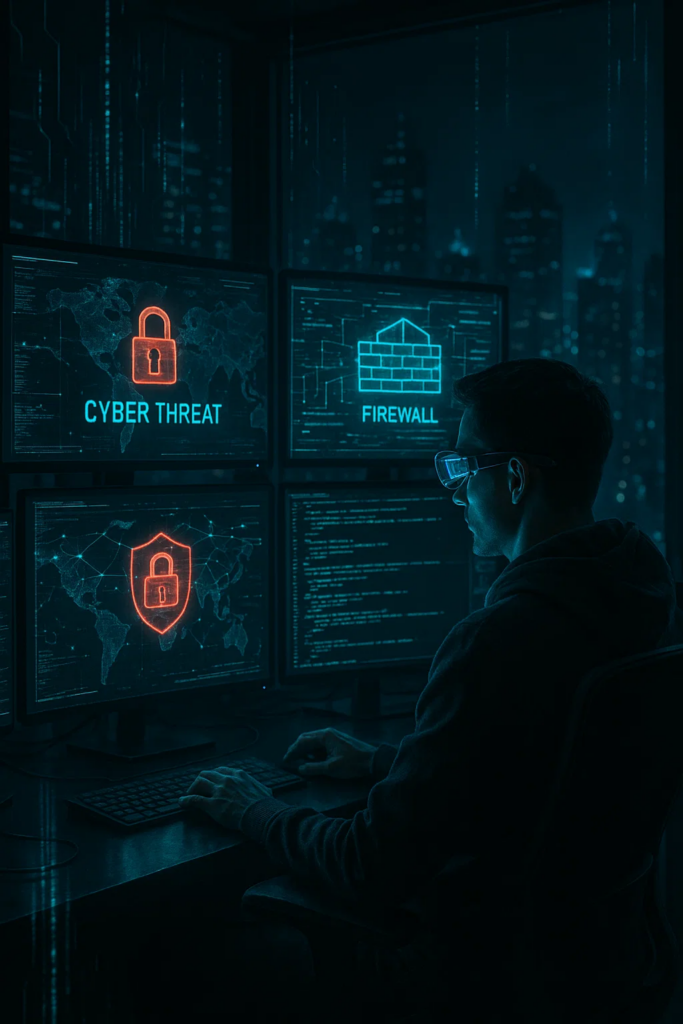
Secure Coding Practices
Writing secure code is the foundation of cybersecurity. In 2025, developers must adopt the following practices to minimize vulnerabilities:
Input Validation and Sanitization
Unvalidated inputs are a leading cause of vulnerabilities like SQL injection and cross-site scripting (XSS). Always validate and sanitize user inputs using allowlists, regular expressions, and libraries like OWASP’s AntiSamy. Avoid blacklisting, as it’s less reliable. For example, when accepting user inputs for a web form, ensure only expected characters (e.g., alphanumeric) are allowed, and escape special characters to prevent injection attacks.
Secure Authentication and Authorization
Implement strong authentication mechanisms, such as multi-factor authentication (MFA) and OAuth 2.0. Use secure password hashing algorithms like Argon2 or bcrypt. For authorization, adopt the principle of least privilege and enforce role-based access control (RBAC). For instance, a user with read-only access should never be able to modify database records, and developers should enforce these restrictions at both the application and database levels.
Error Handling and Logging
Improper error handling can expose sensitive information. Avoid displaying stack traces or database errors to users. Implement centralized logging with tools like ELK Stack, ensuring logs are anonymized to comply with privacy regulations. For example, log user actions without storing personally identifiable information (PII) to balance security and compliance.
Secure APIs
APIs are a common attack vector. Use HTTPS, enforce rate limiting, and validate API inputs. Adopt standards like OpenAPI for documentation and tools like Postman for security testing. Consider API gateways for additional protection, such as AWS API Gateway, which can handle authentication and rate limiting. Regularly test APIs for vulnerabilities like broken object level authorization (BOLA) using tools like OWASP API Security Project guidelines.
DevSecOps Integration
DevSecOps embeds security into every stage of the software development lifecycle (SDLC). In 2025, developers must embrace the following DevSecOps practices:
Automated Security Testing
Incorporate static application security testing (SAST) and dynamic application security testing (DAST) into CI/CD pipelines. Tools like SonarQube and OWASP ZAP can identify vulnerabilities early. Regularly scan container images using Trivy or Clair to ensure containerized applications are free of known vulnerabilities. Automated testing reduces manual effort and catches issues before deployment.
Infrastructure as Code (IaC) Security
Misconfigured cloud resources are a major risk. Use IaC tools like Terraform or AWS CloudFormation to define infrastructure, and scan configurations with tools like Checkov to detect misconfigurations. For example, ensure S3 buckets are not publicly accessible and IAM roles follow the principle of least privilege. Integrating IaC security checks into CI/CD pipelines ensures consistent and secure deployments.
Shift-Left Security
Shift-left security emphasizes addressing security early in the SDLC. Developers should use IDE plugins like ESLint for real-time code analysis and participate in threat modeling during design phases. By identifying risks before coding begins, teams can prioritize security from the outset, reducing costly fixes later.
Collaboration and Training
DevSecOps requires collaboration between developers, security teams, and operations. Regular security training, such as secure coding workshops or capture-the-flag (CTF) exercises, keeps developers sharp. Platforms like Hack The Box or TryHackMe offer practical training for identifying and mitigating vulnerabilities.
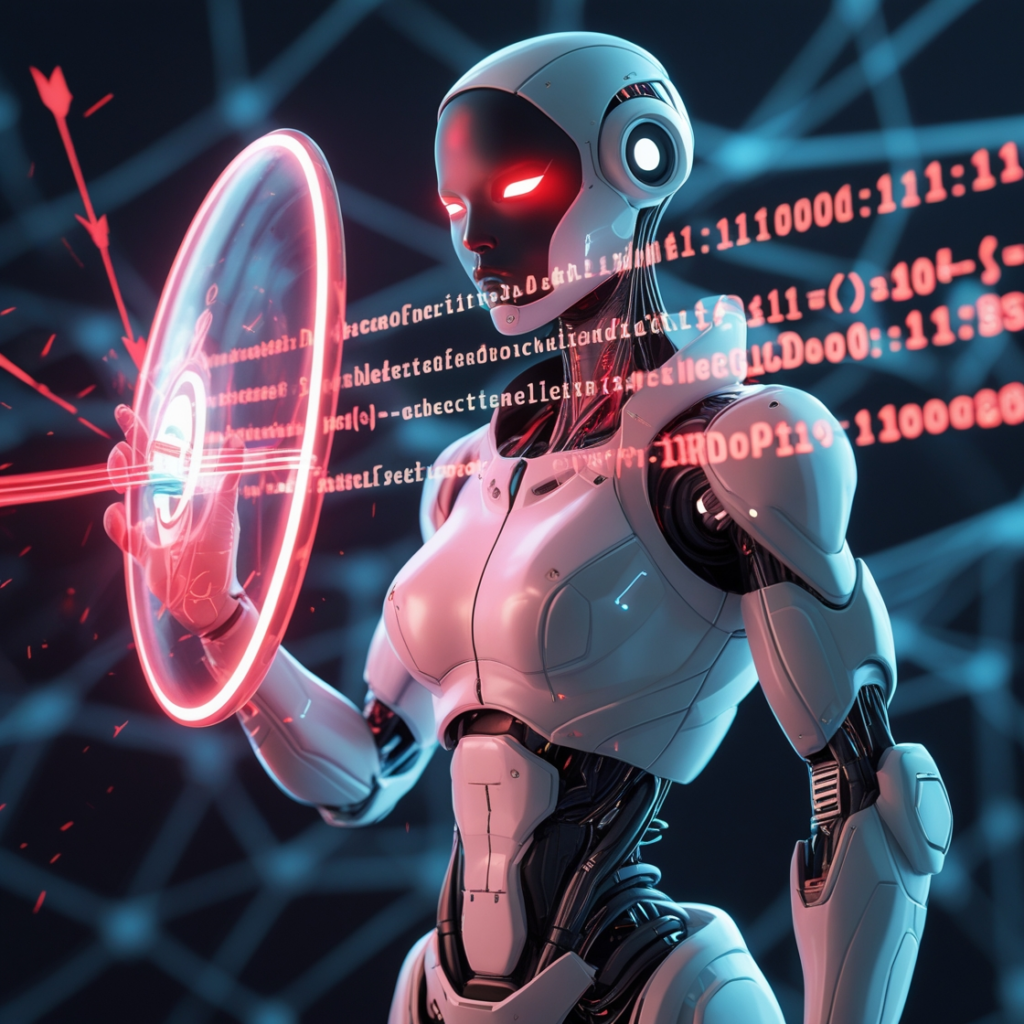
Emerging Technologies and Their Impact
Emerging technologies are reshaping cybersecurity, presenting both opportunities and challenges for developers:
Artificial Intelligence and Machine Learning
AI and ML enhance security through threat detection and response automation. However, they also introduce risks, such as model poisoning or evasion attacks. Developers must secure ML pipelines by validating training data, monitoring model outputs, and using adversarial testing tools like CleverHans. In 2025, expect increased adoption of AI-driven security tools, requiring developers to understand their implementation and limitations.
Quantum Computing
As quantum computing matures, developers must prepare for its impact on cryptography. Transitioning to quantum-resistant algorithms will require updating libraries, protocols, and applications. For example, replacing RSA with NIST-approved algorithms like CRYSTALS-Kyber will become a priority. Developers should monitor quantum advancements and participate in pilot projects to gain practical experience.
Zero-Trust Architecture
Zero-trust architecture, which assumes no user or device is inherently trustworthy, is gaining traction. Developers must implement zero-trust principles, such as continuous authentication, micro-segmentation, and encrypted communications. For instance, use tools like Istio for service mesh to enforce zero-trust policies in microservices architectures.
Compliance and Regulations
Navigating compliance is critical for developers in 2025, as regulations evolve to address new technologies and threats:
GDPR and CCPA
The General Data Protection Regulation (GDPR) and California Consumer Privacy Act (CCPA) impose strict requirements on data handling. Developers must implement privacy-by-design principles, such as data minimization and user consent mechanisms. For example, ensure user data is encrypted at rest and in transit, and provide clear opt-out options for data collection.
Emerging Standards
New regulations, such as the EU’s AI Act and NIST’s Cybersecurity Framework 2.0, will impact developers. The AI Act, expected to be fully enforced by 2026, regulates high-risk AI systems, requiring developers to ensure transparency and accountability in AI-driven applications. Familiarize yourself with these frameworks to align development practices with legal requirements.
Secure Software Development Standards
Standards like OWASP Top Ten and NIST SP 800-53 provide guidelines for secure development. Regularly review these standards to address common vulnerabilities, such as insecure deserialization or broken access control. Incorporate compliance checks into development workflows using tools like OWASP Dependency-Check.
Future-Proofing Your Skills
To stay ahead in cybersecurity, developers must continuously evolve their skills:
Continuous Learning
Cybersecurity is a fast-moving field. Stay updated through platforms like Pluralsight, Coursera, or SANS Institute. Follow blogs like Krebs on Security or OWASP’s newsletter for the latest trends. Join communities on platforms like X to share knowledge and learn from peers.
Tool Proficiency
Master tools like Burp Suite for penetration testing, Wireshark for network analysis, and GitHub Actions for secure CI/CD. Experiment with emerging tools, such as AI-based vulnerability scanners, to understand their capabilities and limitations.
Certifications
Consider certifications like Certified Ethical Hacker (CEH), OSCP, or CompTIA Security+ to validate your skills. These credentials demonstrate expertise and enhance career prospects. For developers, certifications like CSSLP (Certified Secure Software Lifecycle Professional) focus specifically on secure coding.
Soft Skills
Effective communication and collaboration are essential for DevSecOps. Developers must articulate security risks to non-technical stakeholders and work with security teams to prioritize fixes. Practice explaining complex vulnerabilities in simple terms to bridge the gap between technical and business teams.
Conclusion
In 2025, cybersecurity is a critical responsibility for developers. By understanding the evolving threat landscape, adopting secure coding practices, integrating DevSecOps, leveraging emerging technologies, ensuring compliance, and continuously updating skills, developers can build software that withstands the challenges of today and tomorrow. The future of cybersecurity depends on proactive, security-conscious development—start now to stay ahead.
